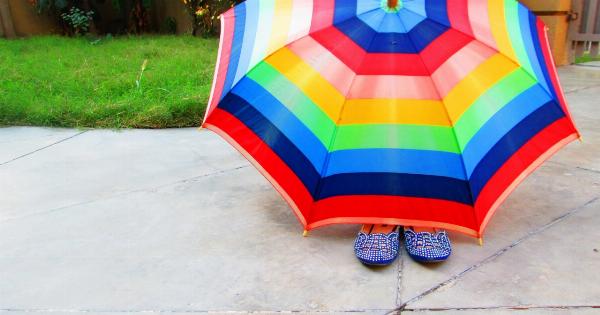As a parent, ensuring the safety and well-being of your child is of utmost importance. When it comes to sun safety, it becomes imperative to protect your child’s delicate skin from the harmful effects of the sun’s rays.
This comprehensive guide will equip you with all the necessary information and tips you need to know to ensure your child stays safe while enjoying outdoor activities.
The Importance of Sun Safety
Exposure to the sun’s ultraviolet (UV) rays can cause various health issues, especially in children. It is crucial to understand why sun safety is essential for your child’s overall well-being.
Understanding UV Rays
Before diving into sun safety measures, it is important to familiarize yourself with UV rays. The sun emits three types of UV rays: UVA, UVB, and UVC.
UVA and UVB rays penetrate the earth’s atmosphere and reach our skin, causing damage that can lead to sunburn, premature aging, and an increased risk of skin cancer.
Choosing the Right Sunscreen
Sunscreen is a vital tool in protecting your child’s skin from harmful UV rays. However, not all sunscreens are created equal. Here are some factors to consider when choosing the right sunscreen:.
Sun Protection Factor (SPF)
The Sun Protection Factor (SPF) is an important factor to consider when selecting sunscreen. SPF indicates the level of protection provided against UVB rays. It is recommended to choose a sunscreen with an SPF of 30 or higher for adequate protection.
Broad-Spectrum
Opt for a broad-spectrum sunscreen that protects against both UVA and UVB rays. This ensures comprehensive protection for your child’s skin.
Water-Resistant
If your child loves swimming or participating in water activities, it is essential to choose a water-resistant sunscreen. Water-resistant sunscreens provide better protection even when exposed to water or sweat.
Application Tips
Applying sunscreen correctly can significantly enhance its effectiveness in protecting your child’s skin. Here are some application tips:.
Timing
Apply sunscreen at least 15-30 minutes before your child goes outside. This allows the product to fully absorb into the skin and provide optimal protection.
Amount
Ensure you apply an adequate amount of sunscreen to your child’s entire body. For optimal coverage, use approximately one ounce (about a shot glass full) of sunscreen.
Frequency
Reapplication is key in maintaining sun protection. Reapply sunscreen every two hours, or more frequently if your child is swimming or sweating excessively.
Protective Clothing
Sunscreen alone is not sufficient to protect your child from the sun’s harmful rays. Encourage your child to wear protective clothing, such as long-sleeved shirts, hats, and sunglasses.
Seeking Shade
During the peak hours of sunlight (typically between 10 AM to 4 PM), it is advisable to seek shade as much as possible. This reduces direct exposure to the sun and lowers the risk of sunburn.
Staying Hydrated
Proper hydration is crucial for your child’s well-being, especially when spending time outdoors. Encourage your child to drink plenty of water to stay hydrated and cool.
Recognizing Signs of Sunburn
Despite taking all necessary precautions, sunburn can still occur. It is important to recognize the signs of sunburn and take immediate action:.
Redness and Pain
If your child’s skin is red, warm to the touch, and painful, it is likely sunburn. Immediate action should be taken to provide relief.
Blisters and Peeling
In severe cases, sunburn may lead to the formation of blisters and subsequent peeling of the skin. It is important to consult a healthcare professional if this occurs.
Treating Sunburn
If your child experiences sunburn, here are some steps you can take to alleviate discomfort and promote healing:.
Cool Compress
Applying a cool, damp washcloth to the affected area can provide relief from pain and reduce inflammation. Ensure the water is not too cold, as extreme cold can further damage the burnt skin.
Moisturize
Apply a gentle moisturizer to the sunburnt skin. Look for products that contain aloe vera or other soothing ingredients to hydrate and promote healing.
Over-the-Counter Medications
Over-the-counter pain relievers, such as ibuprofen, can help reduce pain and inflammation caused by sunburn. Ensure you follow the recommended dosage for your child’s age and consult a healthcare professional if needed.


























